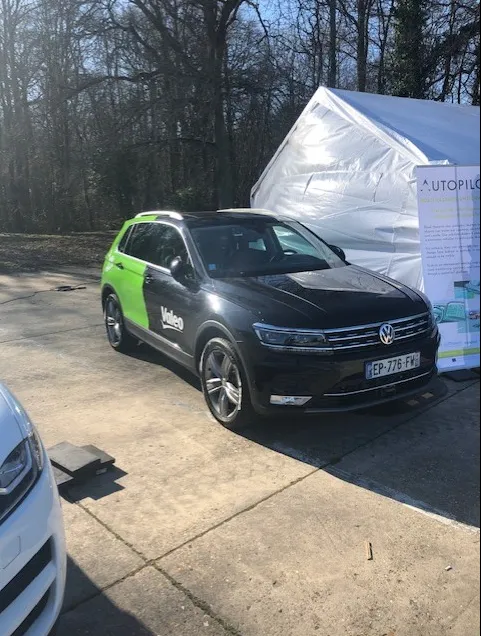The first six months of the pilot phase of SolaRoad, the first road in the world to generate solar power, have produced an energy yield beyond expectations, according to its Dutch developer, TNO.
The cycle road, installed in Krommenie in the Netherlands, has already generated over 3,000 kWh.
"We did not expect a yield as high as this so quickly,” says Sten de Wit, spokesman for SolaRoad. “This can provide a single-person household with electricity for a year, or power an electric scooter to drive of
May 8, 2015
Read time: 2 mins
The first six months of the pilot phase of SolaRoad, the first road in the world to generate solar power, have produced an energy yield beyond expectations, according to its Dutch developer, 7087 TNO.
The cycle road, installed in Krommenie in the Netherlands, has already generated over 3,000 kWh.
"We did not expect a yield as high as this so quickly,” says Sten de Wit, spokesman for SolaRoad. “This can provide a single-person household with electricity for a year, or power an electric scooter to drive of 2.5 times around the world. If we translate this to an annual yield, we expect more than the 70 kWh per square meter per year, which we predicted as an upper limit in the laboratory stage. We can therefore conclude that it was a successful first half year.”
SolaRoad is around 70 metres long and consists of a cycle path constructed of concrete modules of 2.5 to 3.5 metres. In one lane, solar cells are installed underneath a tempered glass top layer of approximately 1 cm thickness, covered by a transparent and skid resistant coating. There are no solar cells embedded in the other lane, which is used for reference and to test various coatings. The solar electricity from the road is fed into the electricity grid and can be used, for example, for street lighting, traffic systems, households and eventually electric cars that drive over it.
The cycle road, installed in Krommenie in the Netherlands, has already generated over 3,000 kWh.
"We did not expect a yield as high as this so quickly,” says Sten de Wit, spokesman for SolaRoad. “This can provide a single-person household with electricity for a year, or power an electric scooter to drive of 2.5 times around the world. If we translate this to an annual yield, we expect more than the 70 kWh per square meter per year, which we predicted as an upper limit in the laboratory stage. We can therefore conclude that it was a successful first half year.”
SolaRoad is around 70 metres long and consists of a cycle path constructed of concrete modules of 2.5 to 3.5 metres. In one lane, solar cells are installed underneath a tempered glass top layer of approximately 1 cm thickness, covered by a transparent and skid resistant coating. There are no solar cells embedded in the other lane, which is used for reference and to test various coatings. The solar electricity from the road is fed into the electricity grid and can be used, for example, for street lighting, traffic systems, households and eventually electric cars that drive over it.









